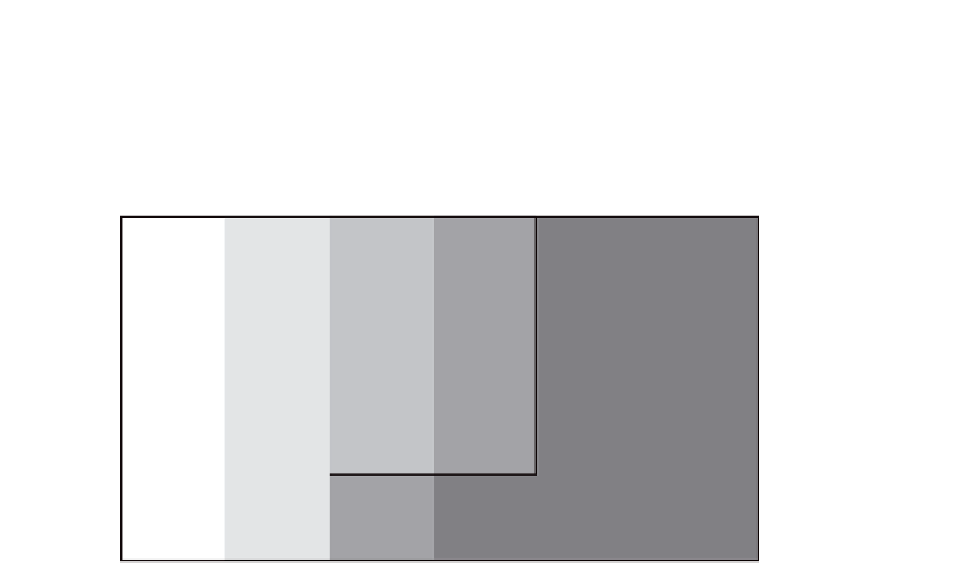Civil Engineering Reference
In-Depth Information
c) The diaphragms are rigid as defined in 2009 IBC Section 1602.
Applicable to buildings of moderate height, this exception can make a substantial difference in the SDC of the
building which impacts the type of detailing required and ultimately plays a key role in the building economy.
The utilization of this exception is illustrated in the examples given in this chapter.
S
D1
I
II
B
C
A
D
III
IV
C
S
DS
Structures located where S
1
≥ 0.75 are assigned SDC E if Occupancy Catagory I, II, III, and SDC F if
Occupancy Category IV.
The SDC is the more severe in accordance to S
D1
or S
DS
Where S
1
< 0.75, the Seismic Design Category is permitted to be determined base on S
DS
alone,
if T < 0.8T
s
where T
s
= S
D1
/S
DS
(see ASCE 11.6 for other limitations)
Figure 11-6 Seismic Design Category Based on S
DS
and S
D1
11.3 REINFORCED CONCRETE EARTHQUAKE-RESISTING STRUCTURAL SYSTEMS
The basic reinforced concrete seismic force resisting systems are shown in Figure 11-7. The permitted
structural system, height limitations, and reinforcement detailing depend on the determined SDC. A brief
description of each system follows:
(1)
Bearing Wall System:
Load bearing walls provide support for most or all of the gravity loads. Resistance
to lateral forces is provided by the same walls acting as shearwalls.
(2)
Building Frame System:
A structural system, with essentially a complete space, frame provides support
for the gravity loads. Resistance to lateral forces is provided by shearwalls.
(3)
Moment-Resisting Frame System:
An essentially complete space frame provides support for the gravity
loads and resistance to lateral loads at the same time (simultaneously).














Search WWH ::

Custom Search